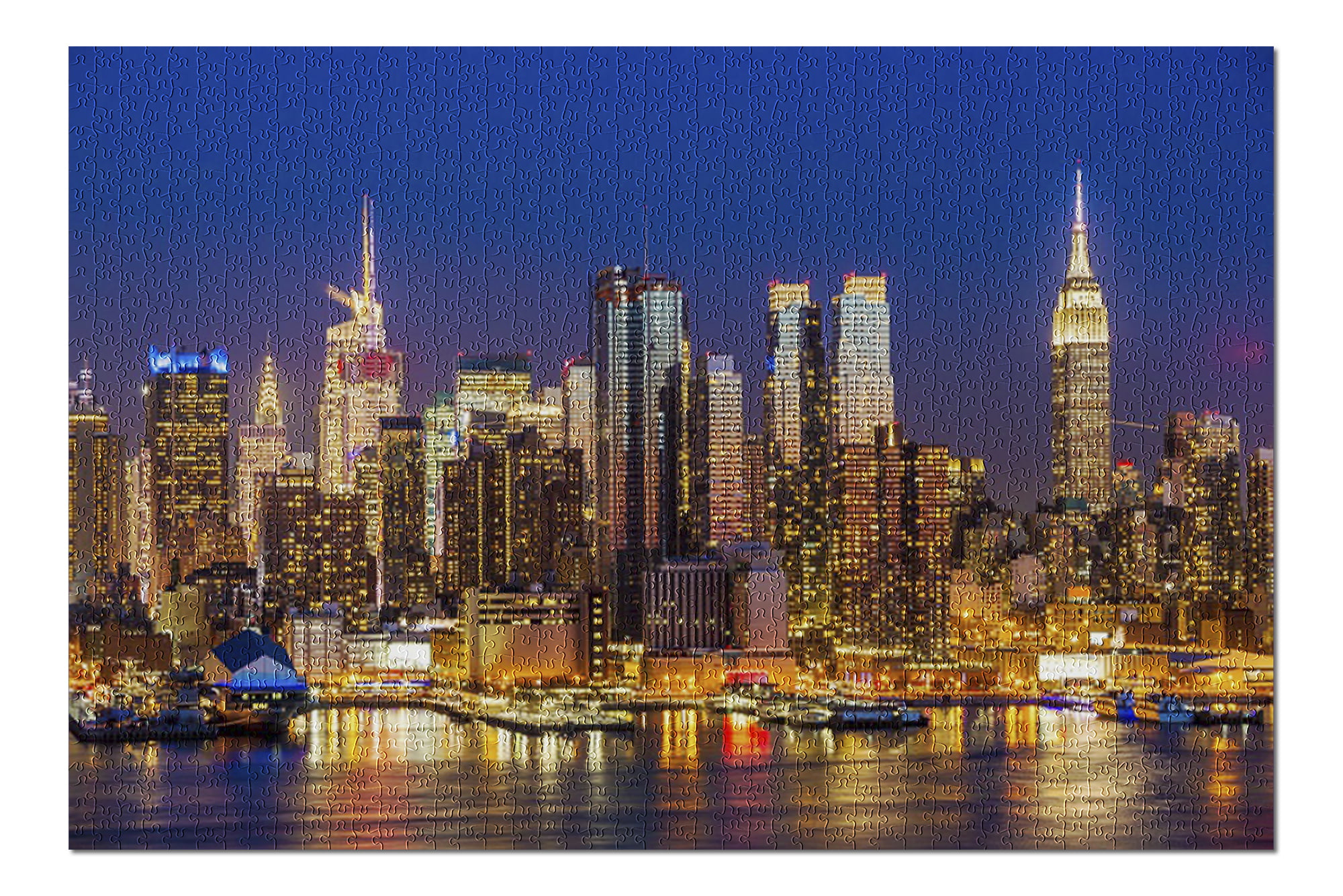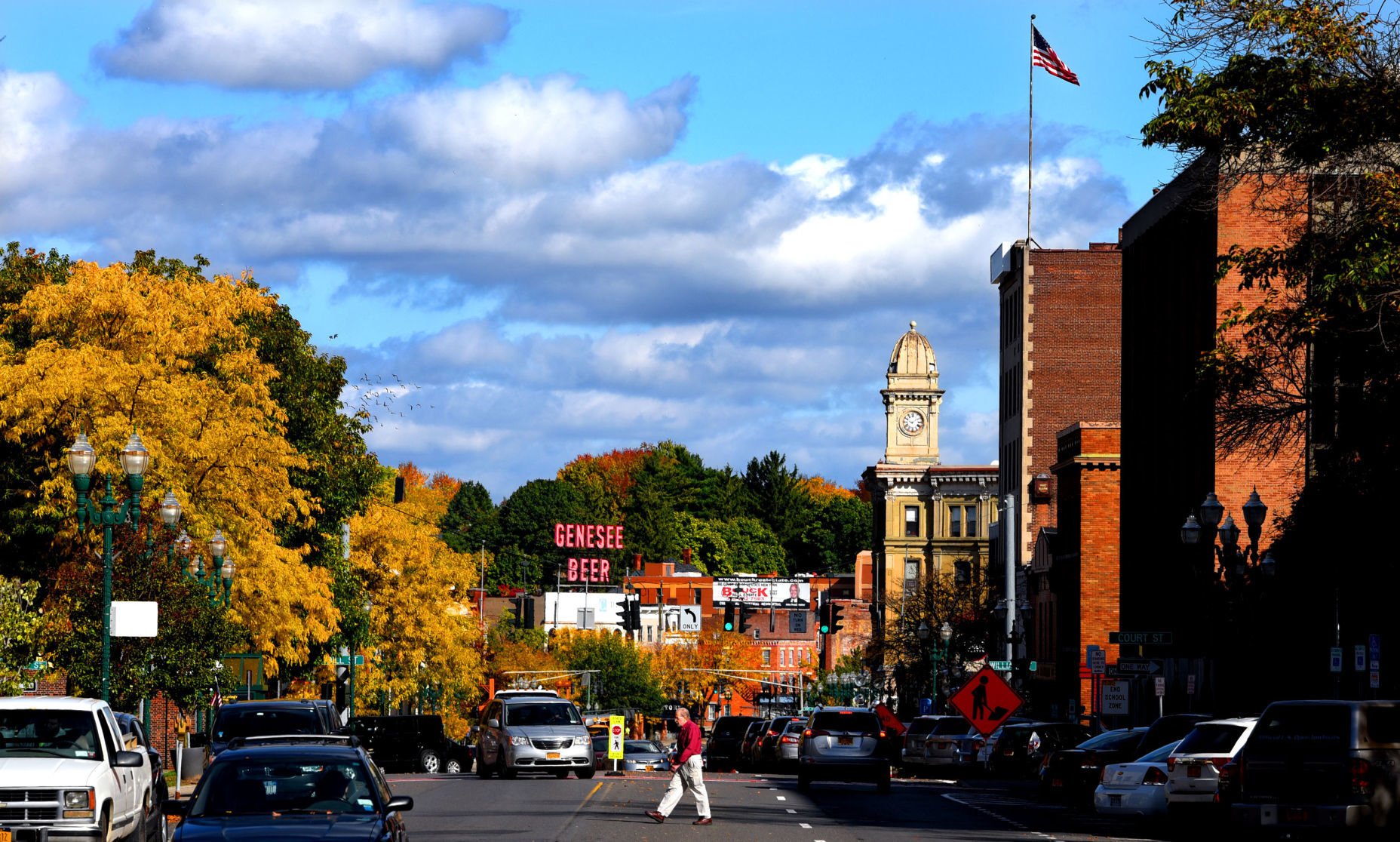

The other boroughs have gone through similar growth, Mr. In 1975, about 750,000 cars entered Manhattan daily this past holiday season, there were more than 1.1 million. But as traffic grew steadily, their existence became imperiled.

The buttons made sense when traffic was generally minimal on the minor street. Primeggia said, was to make traffic flow on the major artery more efficient. Then, after 90 seconds or so, the light would change. The major road would have a green light until someone pressed the button or a sensor in the roadway detected a car on the minor street. Typically, semi-actuated signals were positioned at intersections of a major thoroughfare and a minor street. Barnes was also instrumental in completing the one-way conversion of major avenues in New York. The first ''semi-actuated signal,'' as they are called by traffic engineers, is believed to have appeared in the city in 1964, a brainstorm of the legendary traffic commissioner Henry Barnes, the inventor of the ''Barnes Dance,'' a traffic system that stops all vehicles in an intersection and allows pedestrians to cross in every direction at the same time. ''I always push,'' said Réna, an employee at Long Island College Hospital in Cobble Hill, Brooklyn, who was too embarrassed to give her last name after she pushed a button on Atlantic Avenue and was told the truth. More than 2,500 of the 3,250 walk buttons that still exist function essentially as mechanical placebos, city figures show.

The city deactivated most of the pedestrian buttons long ago with the emergence of computer-controlled traffic signals, even as an unwitting public continued to push on, according to city Department of Transportation officials. Others, more cynical, might have suspected they were broken but pushed anyway, out of habit, or in the off chance they might bring a walk sign more quickly. Many trusting souls might have believed they actually worked. Millions of dutiful city residents and tourists have pushed them over the years, thinking it would help speed them in their journeys. The signs mounted above explained their purpose: For years, at thousands of New York City intersections, well-worn push buttons have offered harried walkers a rare promise of control over their pedestrian lives.


 0 kommentar(er)
0 kommentar(er)
